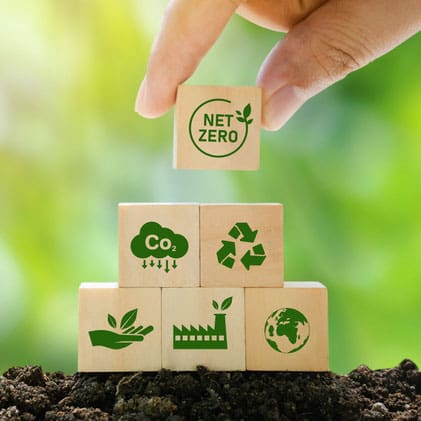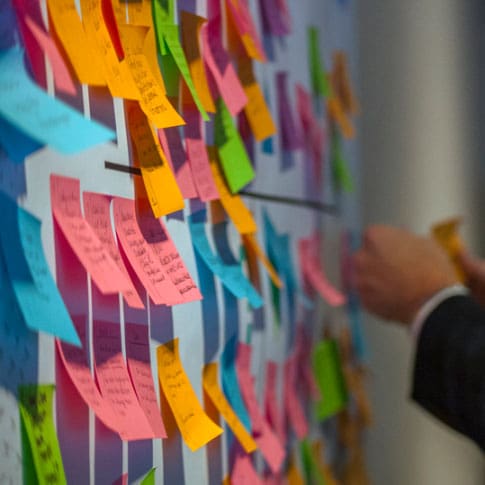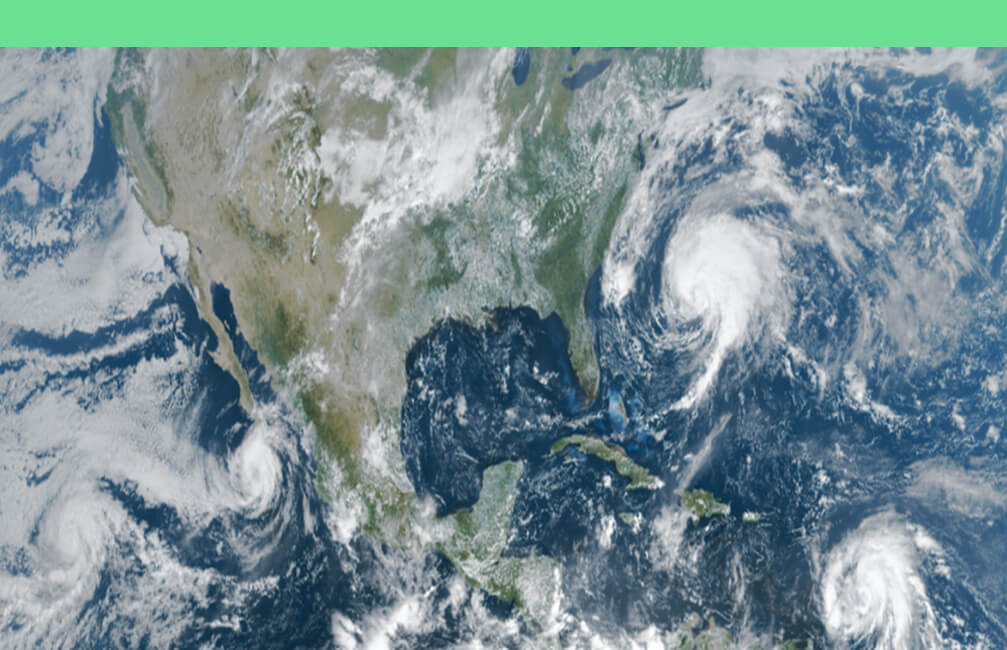Blog 1 in the Fifth National Climate Assessment Series
By: Sarah Dobie, Ph.D., Lisa O’Fiesh, Sri Vedachalam, Ph.D., Margo Davis, and Jaela Alvarez
The Fifth National Climate Assessment (NCA5), released in November 2023 by the U.S. Global Climate Research Program and its 14 member agencies, provides a comprehensive summary of climate change impacts, risks, and responses in the United States. The 2,000 page, congressionally-mandated report incorporates insights from nearly 500 authors and 250 contributors across the nation.
This report may seem daunting at first for communities to unpack, so we are developing a series of blog posts to help local governments and utilities we work with to understand what it means for them. In this first post, we identify two key insights for local governments and utilities and provide three recommendations for them to put these insights into action. In the following blog posts in this series, we will dive deeper into key takeaways for the water sector and regions we work in.
Insight #1: Climate change is already impacting the nation
The United States is already in the midst of the climate crisis. Average annual temperatures have already risen between 2.5°F-4.2°F across the United States since 1970. This is higher than the global average increase of 1.7°F.
Average annual precipitation increased in all regions, except for Hawai’i, the Caribbean, and parts of the Southwest. In the Central and Eastern regions, average annual precipitation was 5 to 15 percent higher from 2002-2021 relative to the 1901-1960 average. Trends also show heavy precipitation increased across most regions, with the largest increase in the Northeast (increasing by around 60 percent) and Midwest (increasing around 45 percent).
Billion-dollar weather and climate disasters now occur approximately every three weeks, and a person born in 2020 could experience up to 4.7 times more climate-related hazards than a person born in 1965.
Insight #2: There has been significant progress on climate action, but more is needed
State and local governments have made significant progress on climate action (Figure 1). The nation reduced its annual GHG emissions by 12 percent from 2005 to 2019 despite its continued population growth. Forty percent of these reductions are attributed to a transition toward clean and renewable energy.
We are not necessarily “locked-in” to climate change if communities are able to achieve net negative GHG emissions. Additionally, the report emphasizes that adaptation will be needed even if we achieve these reductions. The rate of climate change is still outpacing adaptation.
These actions will be especially important for underserved communities. Low-income and BIPOC (Black, Indigenous, and people of color) communities often face greater climate risk due to inadequate access to resilient infrastructure, green space, safe housing, and other community resources.

Figure 1. Climate action by region and state, type (mitigation, adaptation), and level (state-, city-level). Source: NCA5
What can local governments and utilities do to accelerate equitable climate action?
Recommendation #1: Take a community-based approach to implementation
Communities have a wide range of solutions available to rapidly reduce GHG emissions and increase resilience. The problem is generally their inability to implement these solutions fast enough. One of the biggest barriers to implementation has been a lack of community trust and buy-in. Even where there is community support for climate projects, progress may be stalled by distrust of local government (see, e.g., story from Detroit).
Employing community-based approaches that engage the community in a meaningful way can help overcome barriers and rapidly implement these proven climate solutions. This is also vital for realizing environmental justice outcomes, a key priority emphasized throughout the NCA5 report. For instance, the community may want to look for ways to drive local economic development and create jobs through these projects, which can be supported by setting goals for awarding contracts locally and mentoring smaller firms to grow the local workforce.
Recommendation #2: Build community climate literacy through educational materials and campaigns Employing a community-based approach requires local governments and utilities to build community climate literacy. Climate literacy will help to build community support and increase their participation in climate action. It can help to empower individuals to effectively participate in decision-making. Many cities are starting to incorporate educational components into green infrastructure projects in schoolyards to create outdoor classrooms and teach children about how these projects work and why they are needed (see e.g., Space to Grow in Chicago). Recommendation #3: Blend scientific knowledge with lived experiences and traditional knowledge
The NCA5 also emphasized a need for evidence-based decision-making. This means that local governments and utilities should look for ways to incorporate scientific information into planning and policymaking. There are countless tools that have been developed to aid communities with incorporating scientific information into plans and policies (e.g., U.S. Climate Vulnerability Index, Climate and Economic Justice Screening Tool). These tools can help communities understand where their community will experience climate impacts and how severe these impacts will be based on local characteristics.
Communities need to avoid falling into the trap of relying solely on these tools, though, as lived experiences and traditional (or Indigenous) knowledge are also important for developing an accurate picture of climate vulnerability. These tools cannot capture every element of vulnerability and do not reflect the realities on the ground in communities. Therefore, local governments and utilities need to place an emphasis on blending this information to form a more accurate and cohesive picture of a community’s vulnerability.




